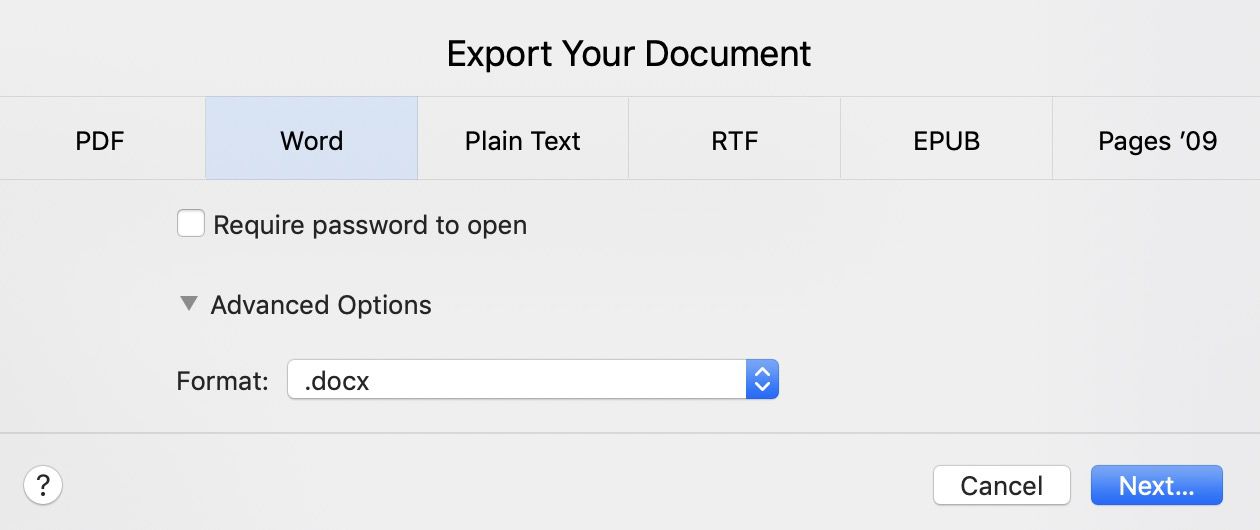


Within the differential privacy framework, there are two settings: central and local. When many people submit data, the noise that has been added averages out and meaningful information emerges. It is rooted in the idea that carefully calibrated noise can mask a user’s data. In this article, we give an overview of a system architecture that combines differential privacy and privacy best practices to learn from a user population.ĭifferential privacy provides a mathematically rigorous definition of privacy and is one of the strongest guarantees of privacy available. In addition to privacy concerns, practical deployments of learning systems using this data must also consider resource overhead, computation costs, and communication costs. The data needed to derive such insights is personal and sensitive, and must be kept private. Gaining insight into the overall user population is crucial to improving the user experience.
Apple word processing systems full#
We provide additional details about our system in the full version. This deployment scales to hundreds of millions of users across a variety of use cases, such as identifying popular emojis, popular health data types, and media playback preferences in Safari. Understanding the balance among these factors leads us to a successful practical deployment using local differential privacy. We design efficient and scalable local differentially private algorithms and provide rigorous analyses to demonstrate the tradeoffs among utility, privacy, server computation, and device bandwidth. We develop a system architecture that enables learning at scale by leveraging local differential privacy, combined with existing privacy best practices. However, accessing the data that provides such insights - for example, what users type on their keyboards and the websites they visit - can compromise user privacy. Understanding how people use their devices often helps in improving the user experience.


 0 kommentar(er)
0 kommentar(er)
